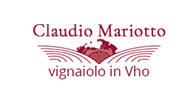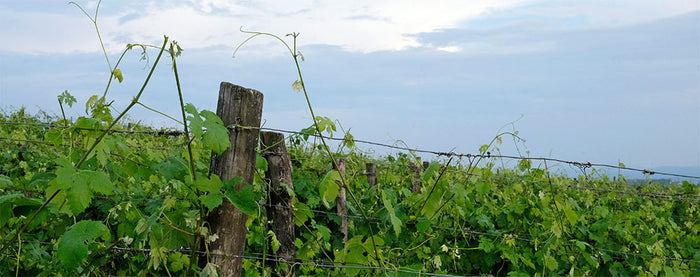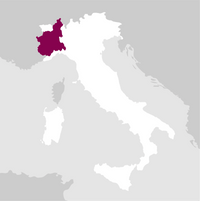Description
The rediscovery of Timorasso has as its cornerstone the extreme research in the vineyard with the aim of obtaining intact and highly concentrated grapes. This choice is mandatory in this grape has always been difficult to manage, must be treated with special care as regards the management of vegetation and the yield per plant.
The Timorasso can give amazing potential and is rich in aromatic norisoprenoids or perfumes that are already in the grapes but which are expressed in their entirety in white wines age. The great structure and acidity to exalt important mineral tones in the unusual Italian whites.
Awards
Details

Perfume

Color

Taste
Serve at:
12 - 14 °C.
Longevity:
05 - 10 years

Pairings
- Start up year: 1920
- Oenologist: Claudio Mariotto
- Bottles produced: 150.000
- Hectares: 54
Our vineyards enjoy a favourable microclimate as they are located close to the Apennines overlooking the Po Valley and influenced by the proximity of the sea, which is only 60 km away as the crow flies. We define our method of cultivation as common sense agriculture, without the use of pesticides, with pruning and leafing that respects the vines.
Claudio Mariotto in the early 1990s, together with a few other local winegrowers, believed in an abandoned indigenous vine like Timorasso to produce a great Piedmontese white wine for ageing.
Thanks to his daily life in contact with the vineyard, Claudio decided to give value to his work by bottling the wine he produced. Read more


| Name | Claudio Mariotto Colli Tortonesi Timorasso Pitasso 2021 |
|---|---|
| Type | White green still |
| Denomination | Colli Tortonesi DOC |
| Vintage | 2021 |
| Size | 0,75 l |
| Alcohol content | 14.5% by volume |
| Grape varieties | 100% Timorasso |
| Country | Italy |
| Region | Piedmont |
| Vendor | Claudio Mariotto |
| Climate | Exposition and altitude: south-east, 250-300m above sea level. |
| Soil composition | Limestone-clay soil. |
| Cultivation system | Guyot |
| Plants per hectare | 4,000 plants per hectare |
| Yield per hectare | 5,000 kg / hectare. |
| Harvest | Late September / early October, harvest by hand in small baskets |
| Wine making | Soft pressing, racking, temperature-controlled fermentation. |
| Aging | On lees. |
| Allergens | Contains sulphites |







